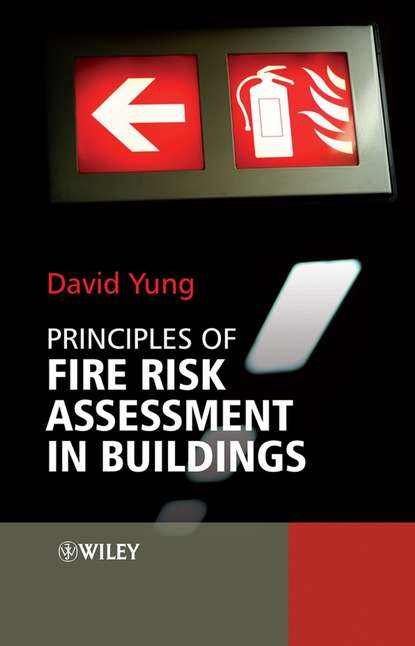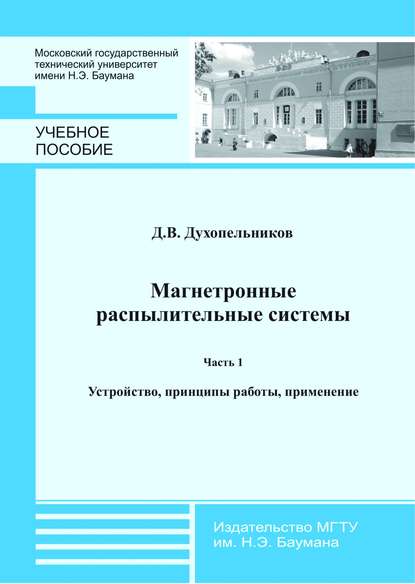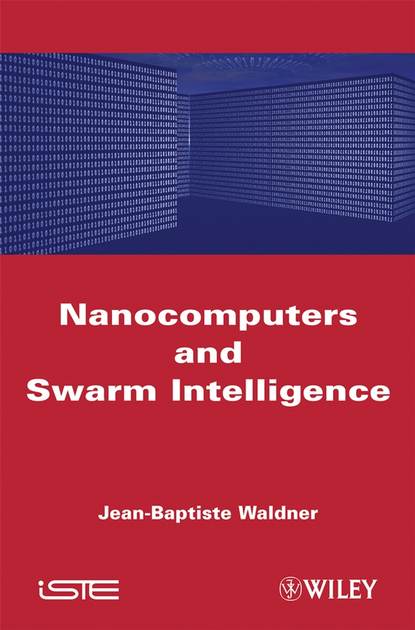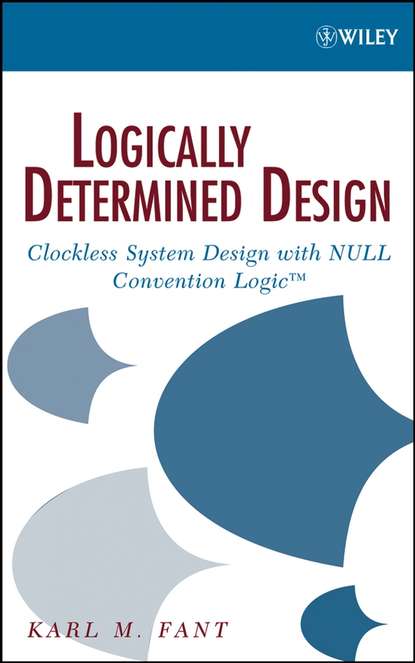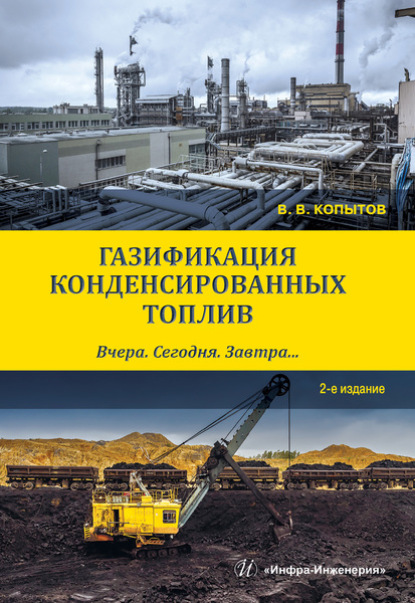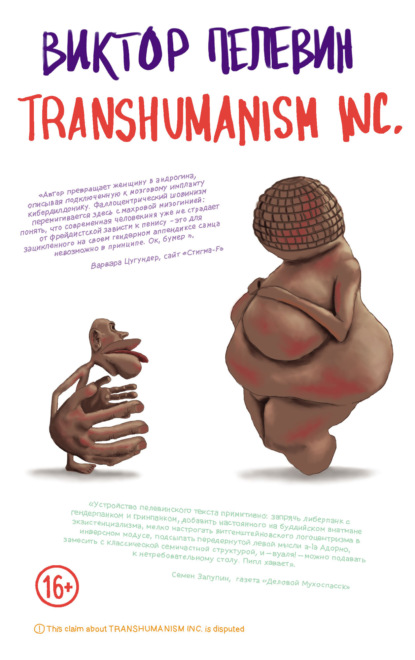Эта книга выходит в самое подходящее время, чтобы облегчить понимание оценки пожарных рисков в зданиях на основе характеристик - неотъемлемой части глобального сдвига в политике прочь от традиционных предписывающих кодов. Юнг, международно признанный эксперт в области оценки пожарных рисков, знакомит читателя с основными принципами и методами, которые помогают понять различные методологии, которые в настоящее время используются или предлагаются различными организациями. Благодаря иллюстрации основных принципов и методов он дает читателю возможность проводить собственную оценку пожарных рисков. Он показывает, как оцениваются вероятности пожарных сценариев на основе вероятностей успеха и неудачи мер пожарной безопасности. Он также показывает, как оцениваются последствия пожарных сценариев на основе интенсивности и скорости распространения огня и дыма, вероятности и скорости реагирования и эвакуации людей, а также эффективности и скорости реагирования пожарной охраны и спасательных работ. Ясный и практический подход Юнга к этой весьма актуальной теме позволяет читателю интегрировать различные доступные инструменты в количественную основу, которая может использоваться для принятия решений. Он предоставляет неоценимый ресурс для всех, кто участвует в пожарной инженерии и оценке рисков, включая студентов, ученых, проектировщиков зданий, инженеров по пожарной безопасности, инженеров-строителей, регуляторов и аналитиков рисков.
This book is just the right thing at the right moment to make it possible to understand performance-based methods of assessing the fire hazard in buildings, which is an important part of a global trend away from old methods based only on prescriptions. David Yung, who is a world expert in this field, explains the basic principles used and the methods that make it easier for people to get an overview of different methodologies now in use or development by various institutions. The book introduces the basics and teaches readers how to correctly perform fire hazard assessments on their own. It explains approaches to assessing the likelihood of specific fire incidents based on success and inability to work correctly of the procedures used to protect against fire, and it explains how the severity of various fire situations is calculated by taking into consideration the speed, progression, potential involvement of smoke and human actions as well as the way the rescue forces function when they arrive. Prof. Yung's clear, practical approach allows readers to build a coherent and quantifiable framework using the available tools, all of which are intended for decision-making. These skills and abilities are valuable not only to those working in the field of fire engineering/risk assessment (such as students and researchers, building design professionals, fire safety engineers, bridge designers & inspectors and regulatory authorities), but also to anyone else who works with risk analysis.
Электронная Книга «Principles of Fire Risk Assessment in Buildings» написана автором David Yung в году.
Минимальный возраст читателя: 0
Язык: Английский
ISBN: 9780470714058
Описание книги от David Yung
This book arrives at just the right time to facilitate understanding of performance-based fire risk assessment in buildings – an integral part of the global shift in policy away from traditional prescriptive codes. Yung, an internationally recognised expert on the subject of fire risk assessment, introduces the basic principles and techniques that help the reader to understand the various methodologies that are currently in place or being proposed by different organisations. Through his illustration of basic principles and techniques he enables the reader to conduct their own fire risk assessments. He demonstrates how the probabilities of fire scenarios are assessed based on the probabilities of success and failure of fire protection measures that are in place. He also shows how the consequences of fire scenarios are assessed based on the intensity and speed of fire and smoke spread, the probability and speed of occupant response and evacuation, and the effectiveness and speed of fire department response and rescue efforts. Yung’s clear and practical approach to this highly topical subject enables the reader to integrate the various tools available into a quantitative framework that can be used for decision making. He brings an invaluable resource to all those involved in fire engineering and risk assessment, including students, academics, building designers, fire protection engineers, structural engineers, regulators and risk analysts.
